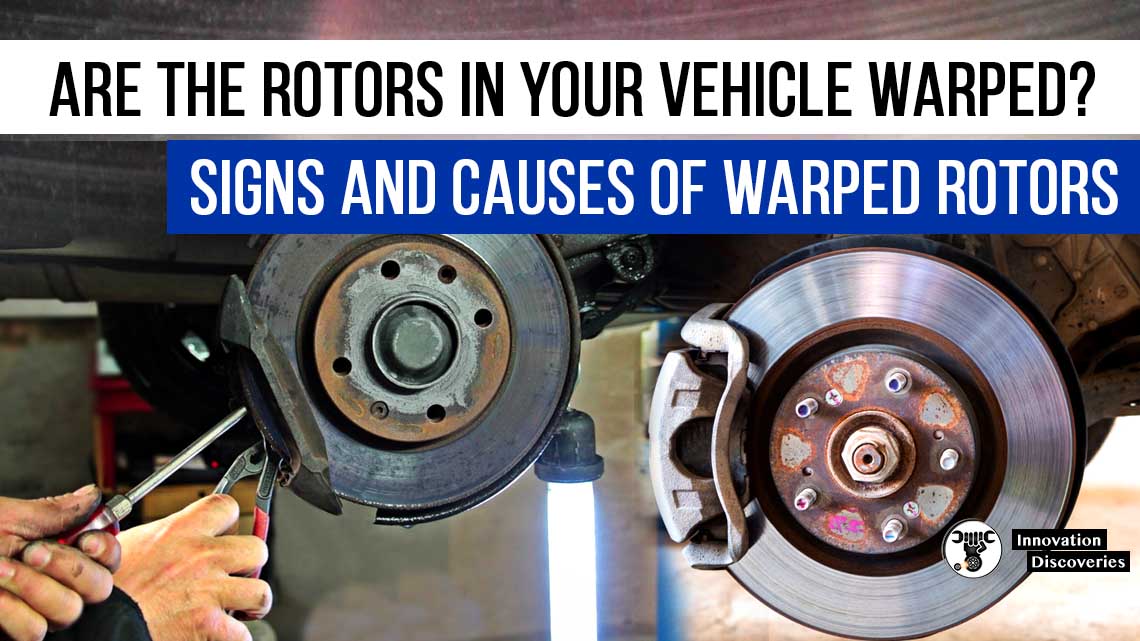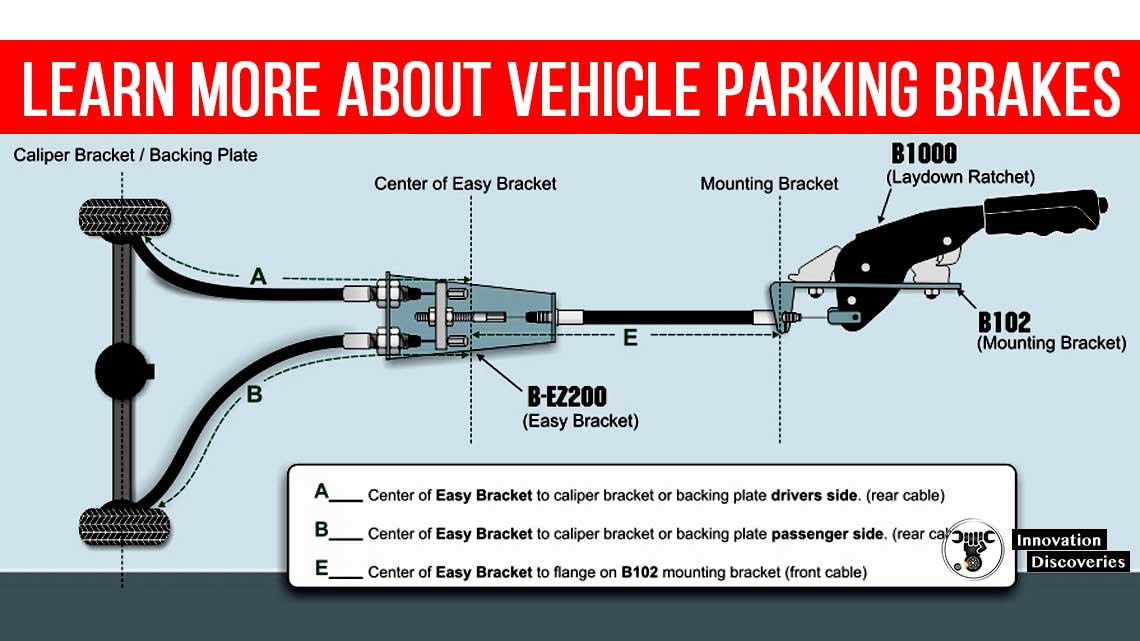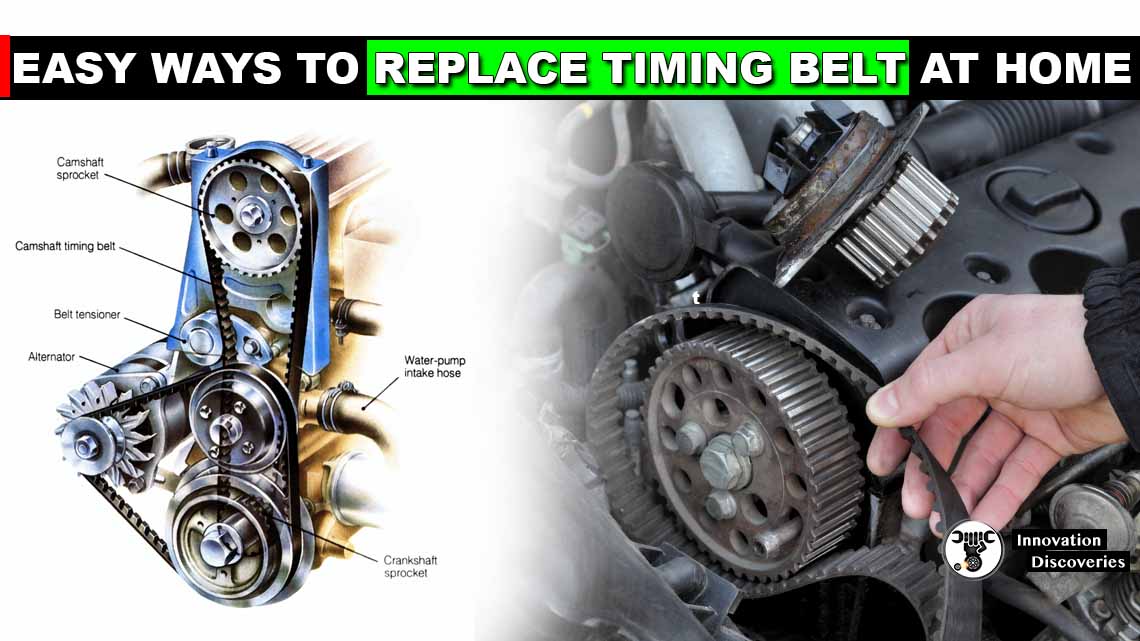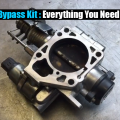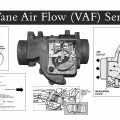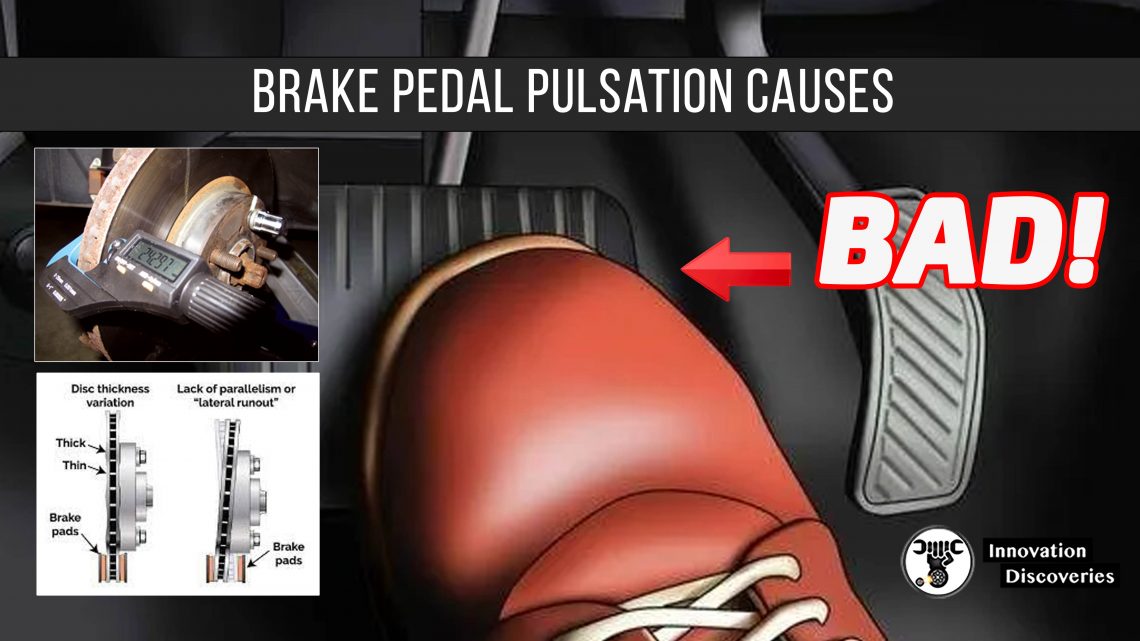
Vehicles will frequently come into your shop with a complaint of pedal pulsation. Oftentimes, the cause of the pedal pulsation is diagnosed as a warped rotor.
This diagnosis is wrong. The rotor rarely, if ever, warps.
Pedal pulsation is almost always the result of a disc thickness variation in the rotor caused by lateral runout.
What is Disc Thickness Variation (DTV)?
The cause of pedal pulsation is disc thickness variation. Disc thickness variation happens when the rotor varies in thickness on its surface.
What causes a disc thickness variation to occur?
DTV is caused by excessive lateral runout. Lateral runout is the amount of side-to-side movement of the rotor as it rotates.
Today’s vehicles have extremely tight lateral runout specifications. Most vehicles have a specification of two thousandths of an inch or less.
If the runout is excessive, the rotor will begin to make contact with the brake pads as it wobbles back and forth.
This contact between the rotor and brake pads won’t be constant. It will happen periodically as the rotor wobbles back and forth.
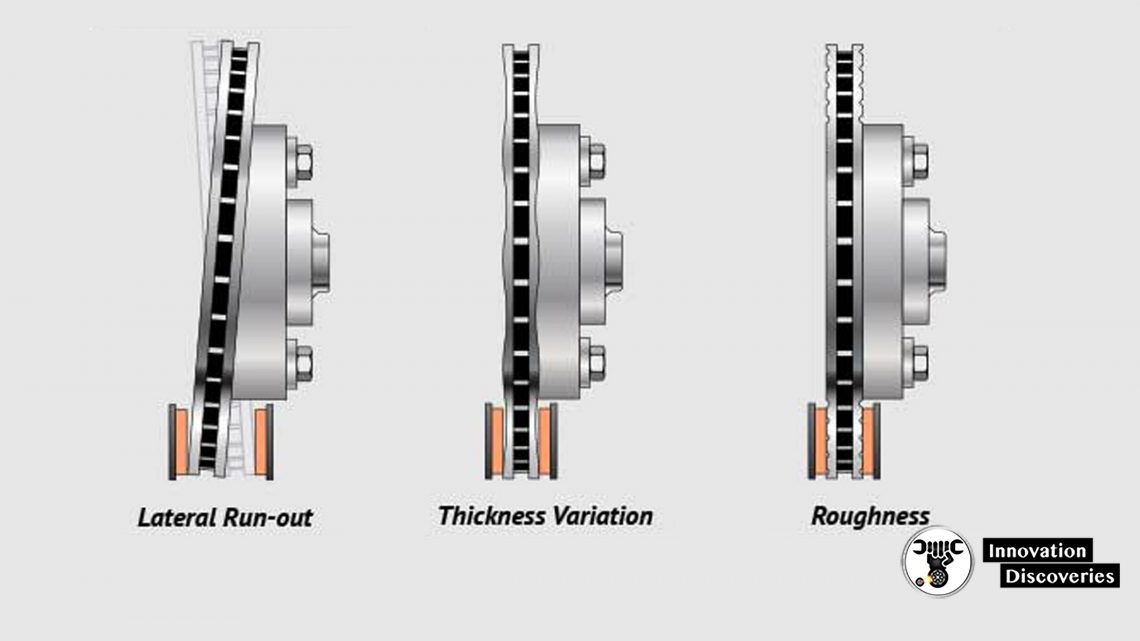
If you use a semi-metallic pad, the pads will begin to grind away on the spots of the rotor that they contact.
This happens because a semi-metallic pad has an abrasive effect on rotors.
If you use a ceramic pad, the pad will leave a thin layer of friction material on the spots of the rotor that it contacts.
This material transfer happens because ceramic pads have an adhesive effect on rotors.
Either way, this contact with the rotor is what causes a thickness variation. As the portion of the rotor with the DTV passes past the brake pads, the caliper piston has to extend or compress.
This causes the pressure of the brake fluid to rise or fall during braking. This change of pressure is what leads to pedal pulsation.
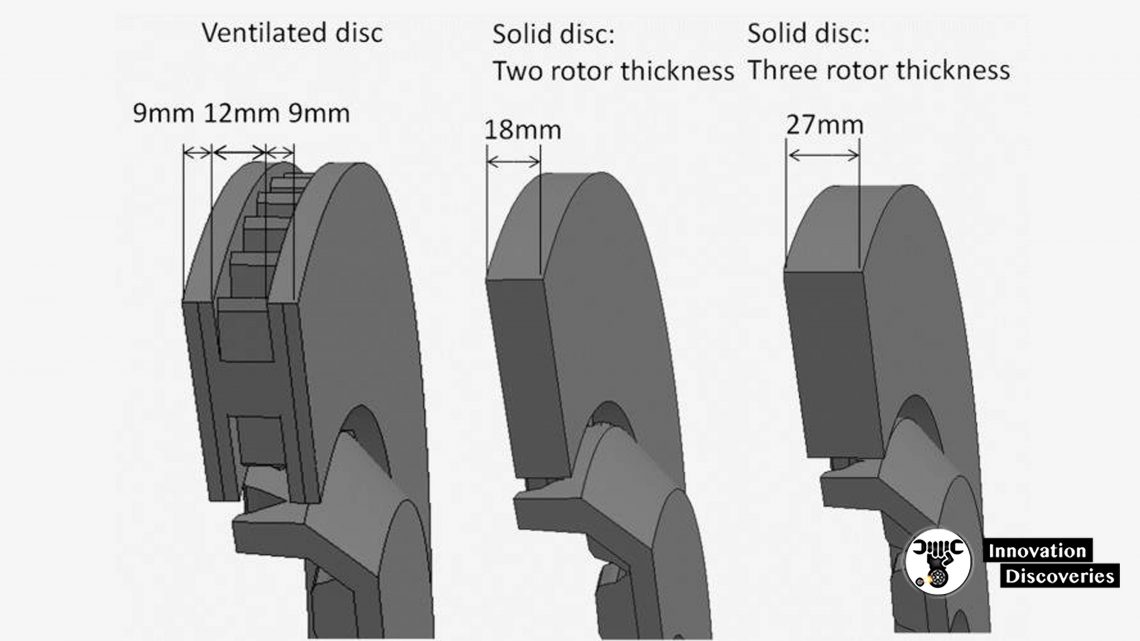
What Causes Lateral Runout?
Lateral runout may be caused by uneven torque on a brake stud. However, the most common cause of lateral runout is rust buildup on the hub assembly.
Hubs are often in use on vehicles for hundreds of thousands of miles.
As you can imagine, a significant amount of rust will build up on that hub over that period of time.
It is imperative that you take the time and clean the hub properly every time during a brake job. This will help ensure that you don’t receive a comeback.
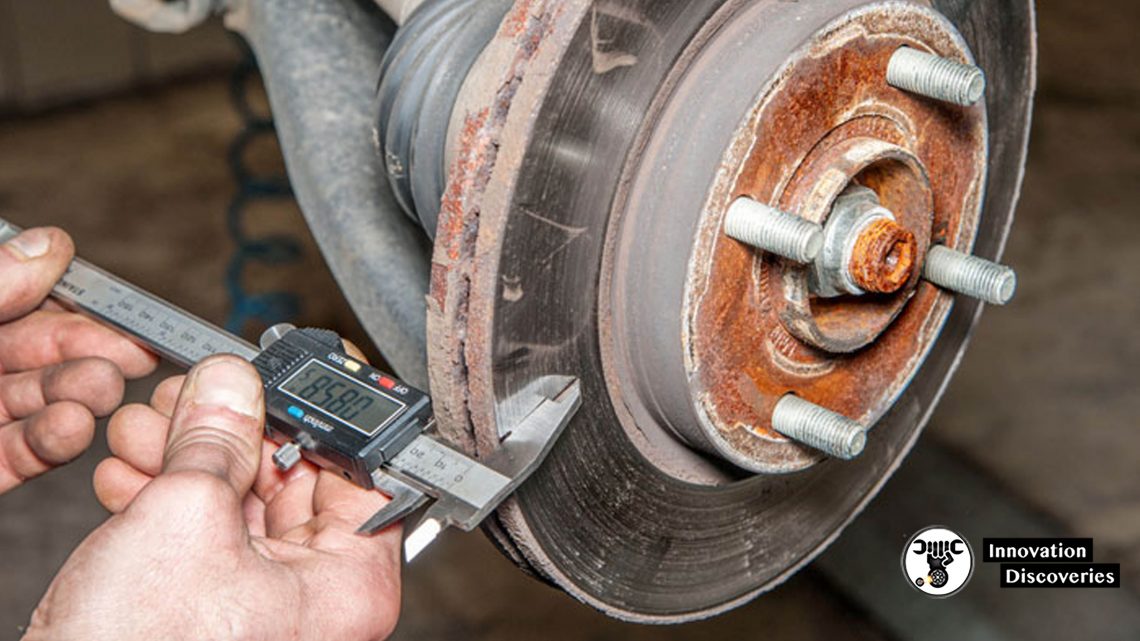
Repair Procedure:
Steps to Checking Lateral Runout
- Clean the hub
- Install the rotor and conical washers
- Torque lug nuts down to specifications. Specifications are found in a specification guide or the vehicle’s service manual.
- Install the dial indicator
- Check lateral runout by spinning the rotor. Specifications are found in a specification guide or the vehicle’s service manual.
Correcting Excessive Lateral Runout
There are a few options you can choose from to correct lateral runouts. The first option is to machine a rotor with a bench lathe or an on-the-care lathe.
The other option is to replace the rotor with a new rotor. Make sure that you re-measure the lateral runout after installation.
Then, take the vehicle for a road test to ensure the pedal pulsation has stopped.
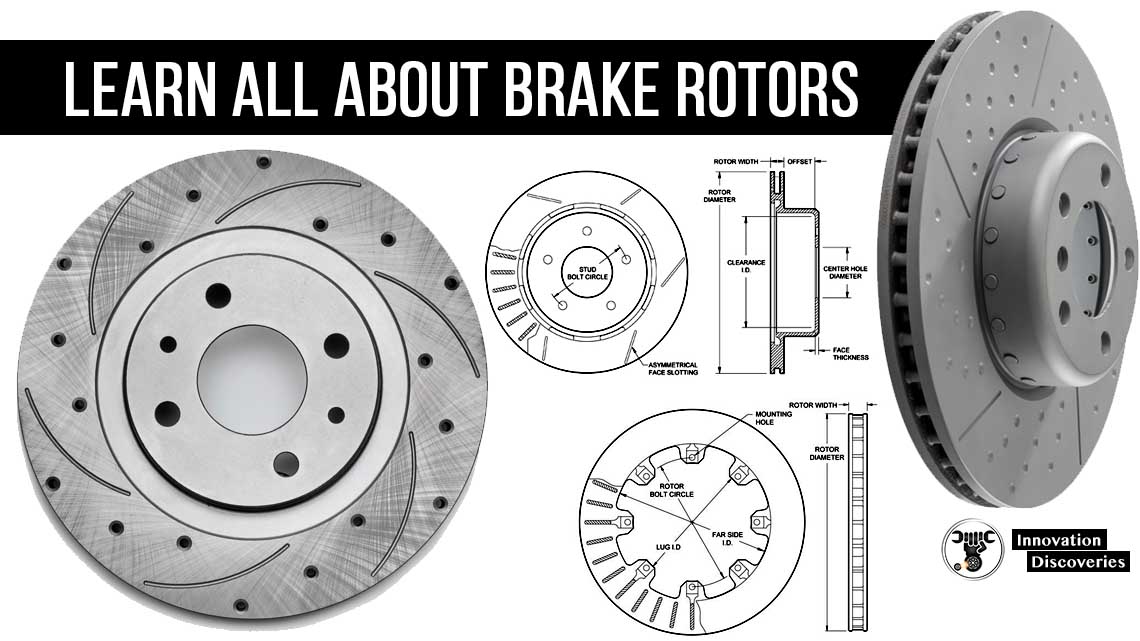


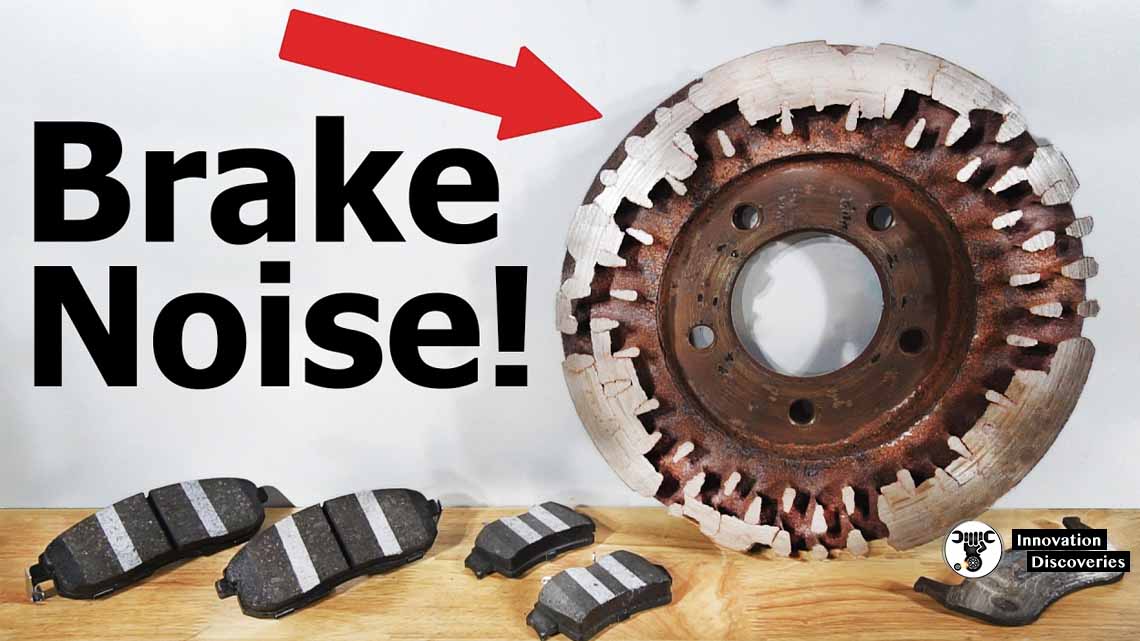
More About Braking Systems
- Top 5 Causes of Steering Wheel Shakes at Low and High Speeds
- HOW HYDRAULIC BRAKE WORKS?
- AIR BRAKE SYSTEM: COMPONENTS, WORKING PRINCIPLE, AND APPLICATIONS
- HOW DOES REGENERATIVE BRAKING WORK?
- 8 REASONS YOUR CAR IS MAKING GRINDING NOISE WHEN BRAKING
- Regenerative Braking System
- JAKE BRAKE VS. EXHAUST BRAKE: WHICH IS BETTER?
- SQUEALING BRAKES AT LOW SPEED: CAUSES AND SOLUTIONS
- TROUBLESHOOTING A HARD BRAKE PEDAL
- CONVERT DRUM BRAKES TO DISC BRAKES IN 3 STEPS!
- CAUSES OF THE BRAKE WARNING LIGHT COMING ON
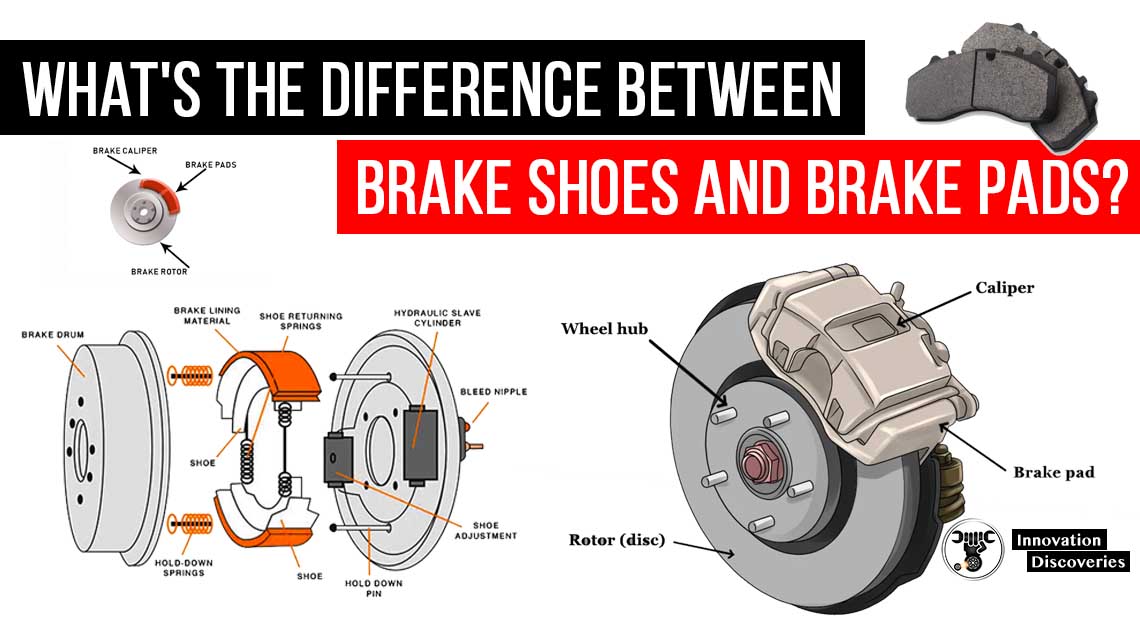
Visit Forum
Visit Our Friendly Website


